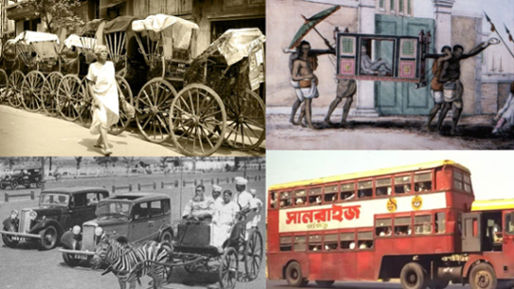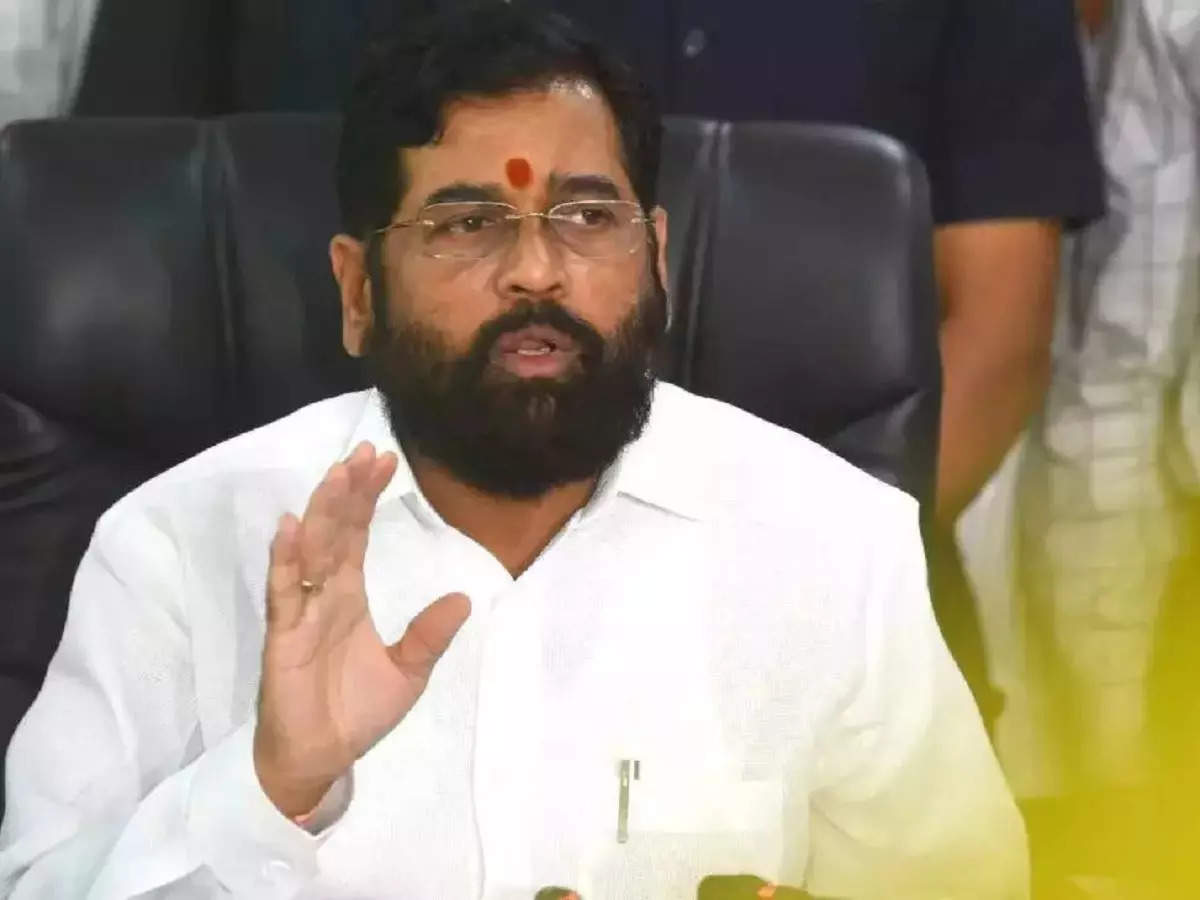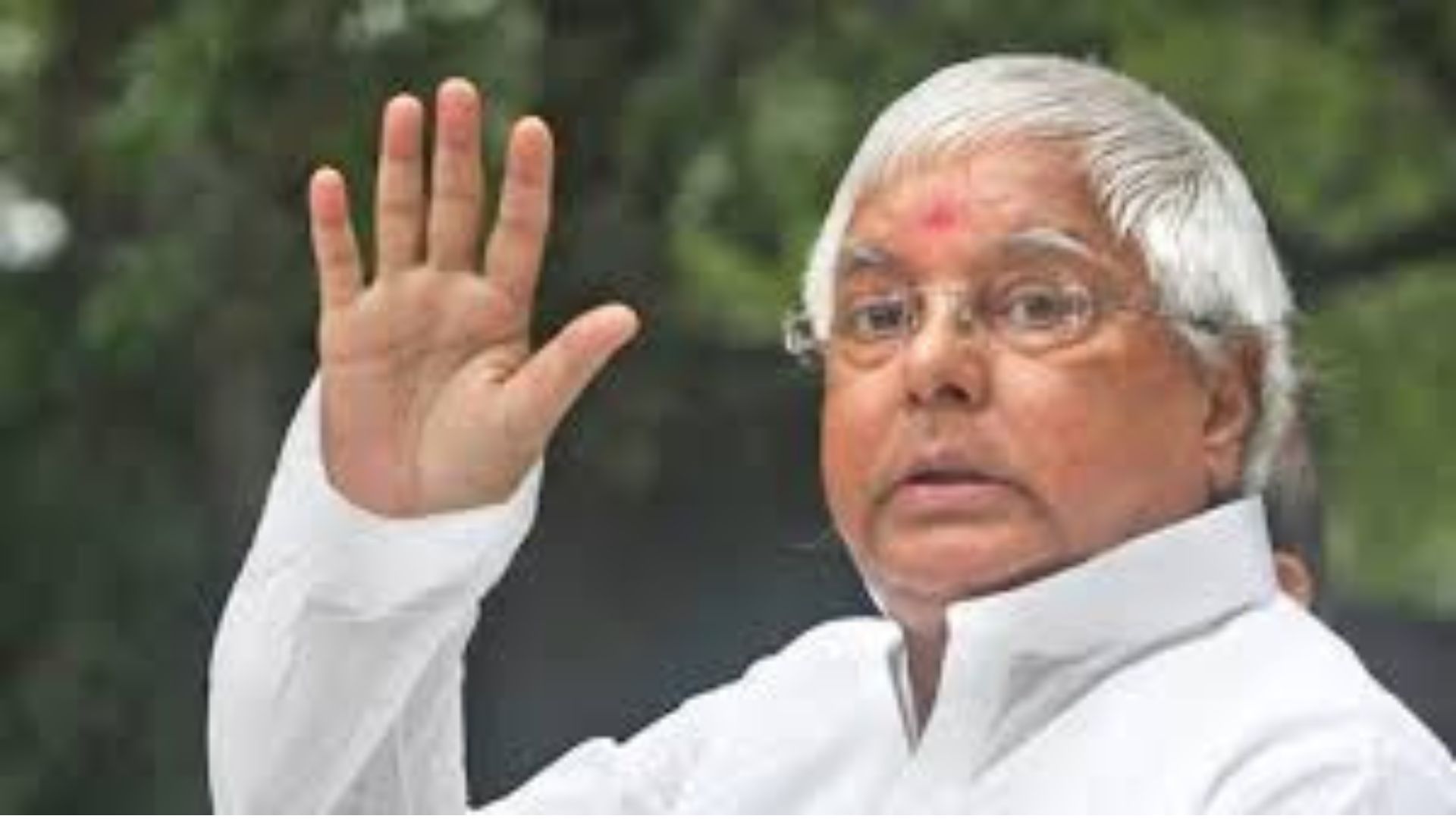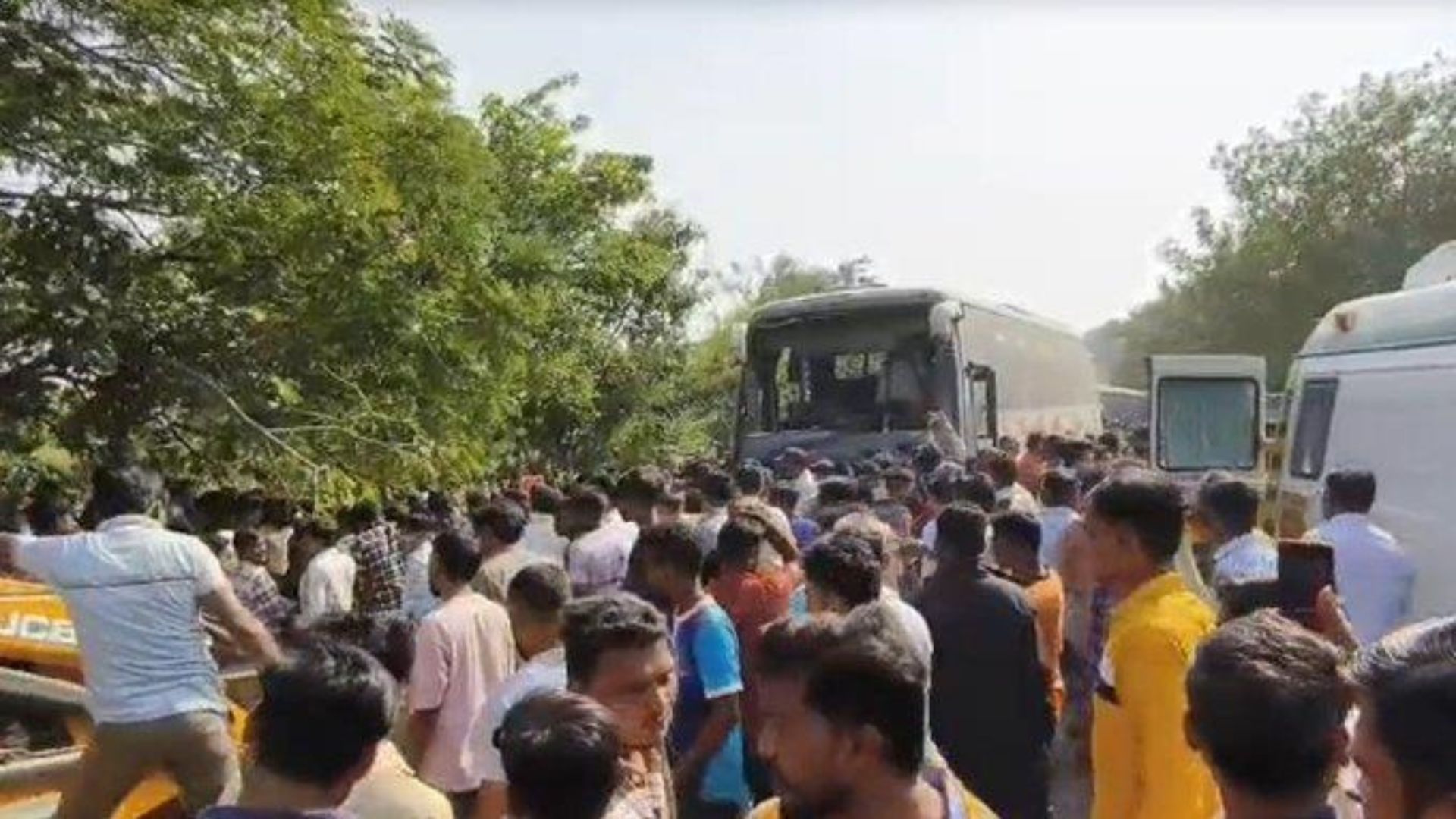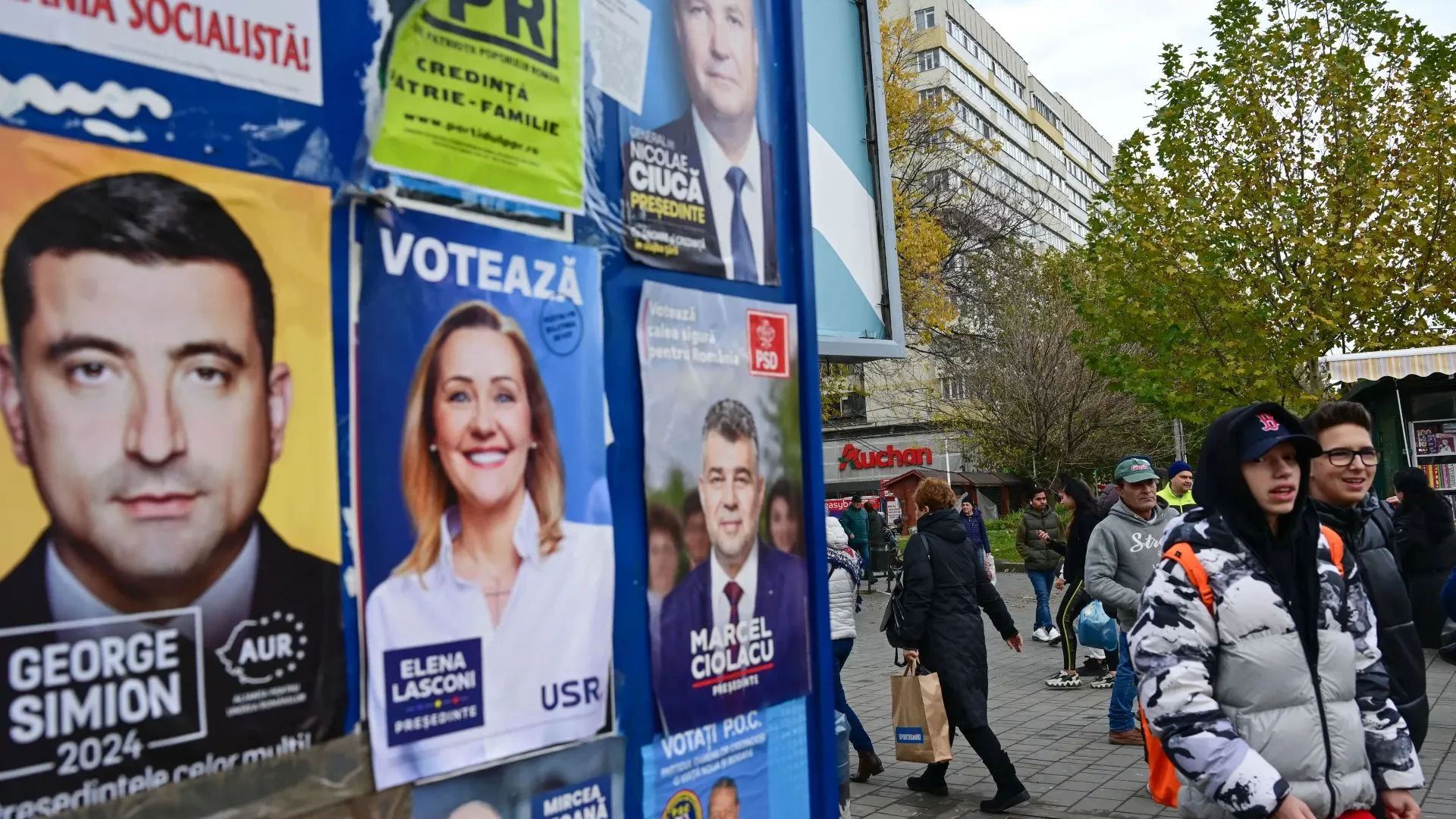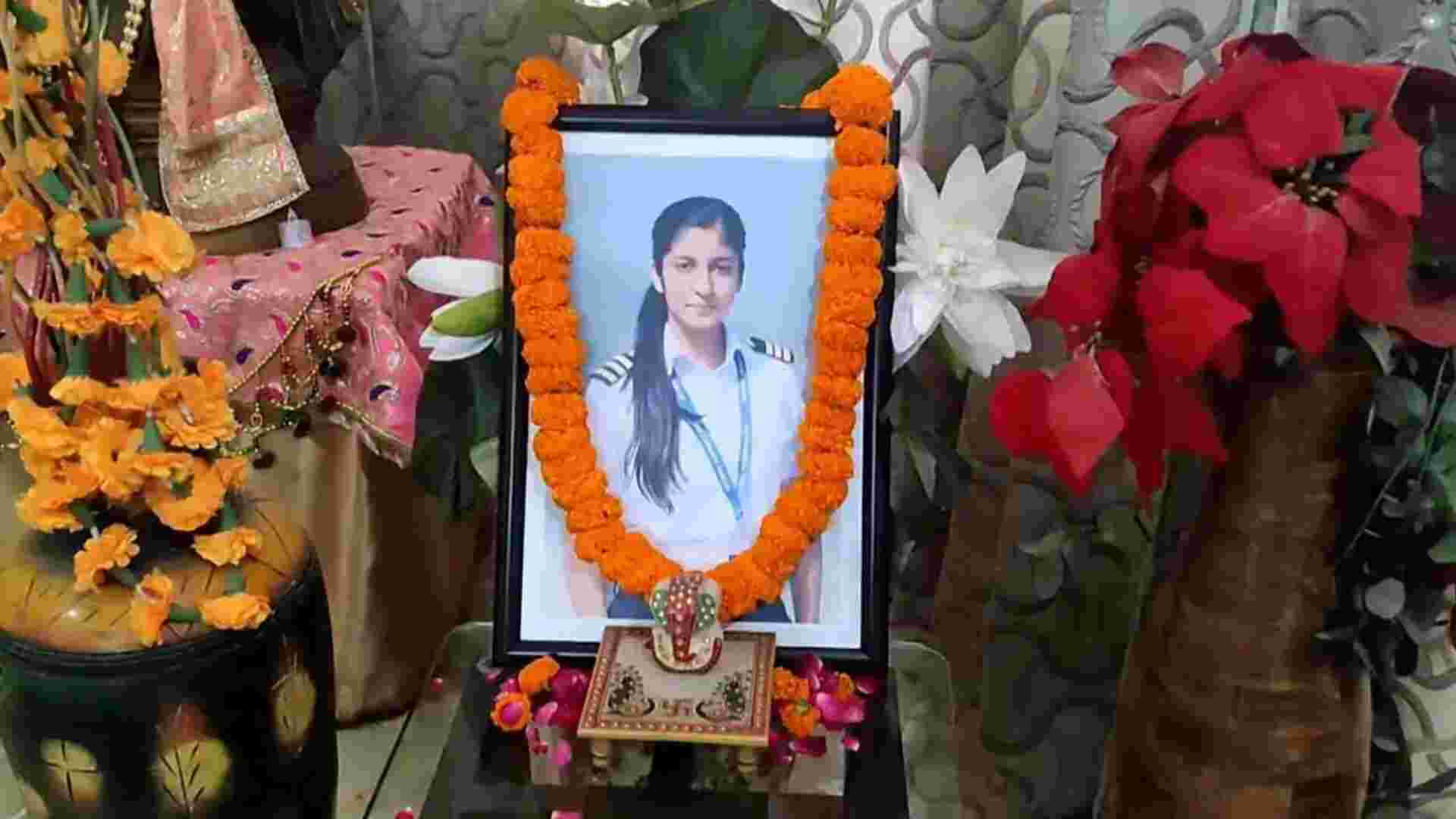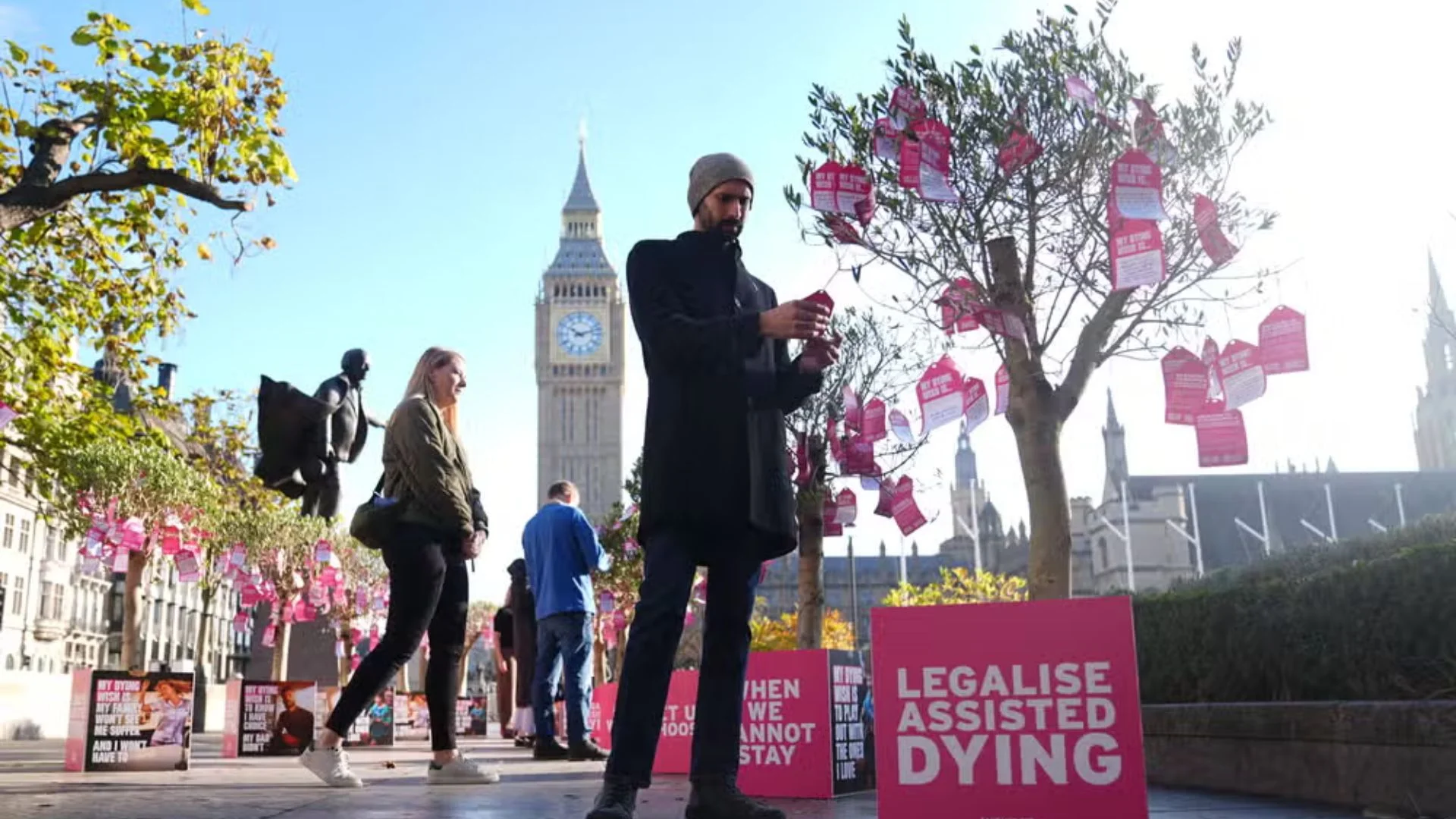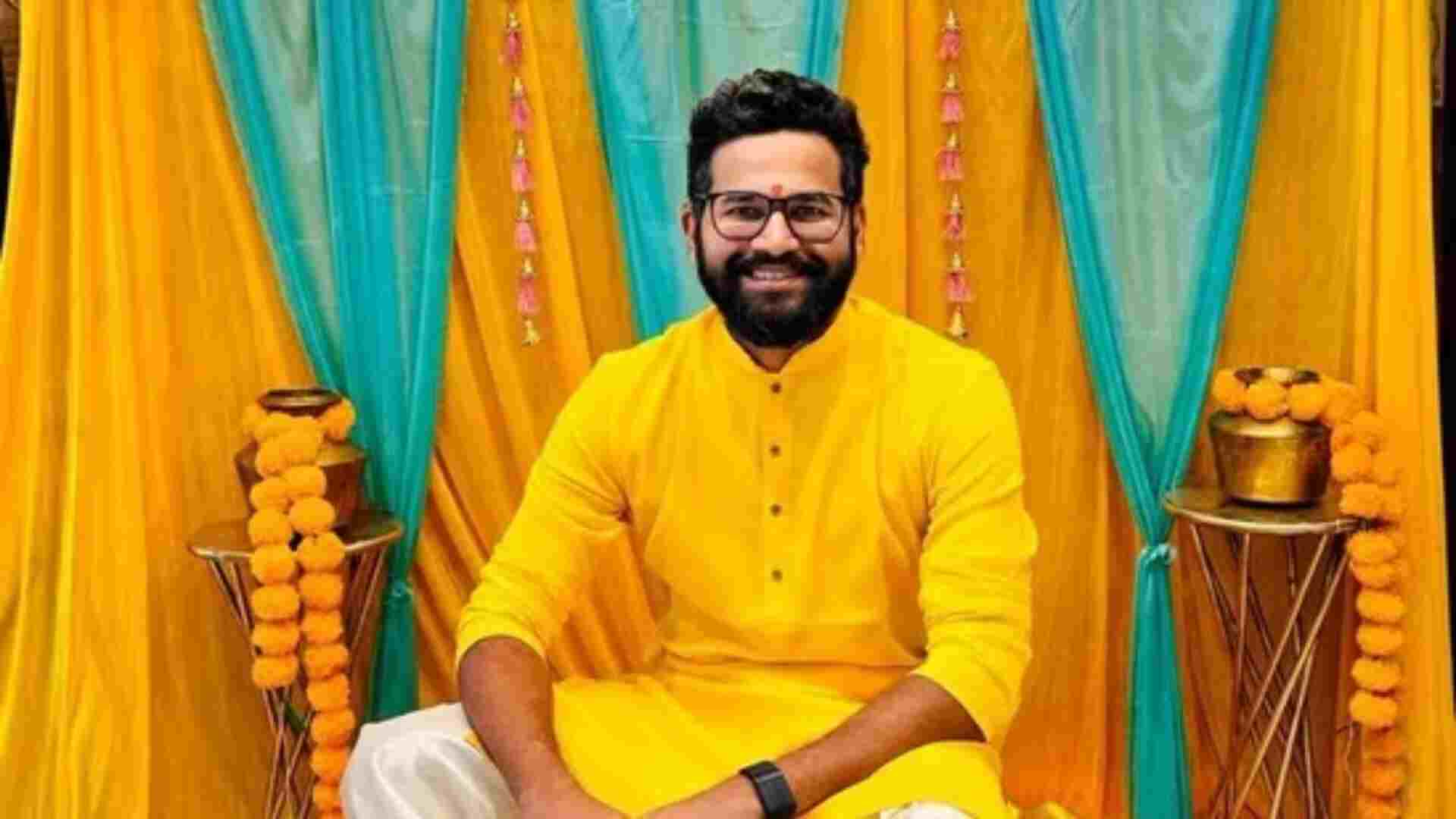Kolkata, once the British capital of India, has a vibrant history of transportation. Over 200 years, its streets have hosted everything from palanquins to iconic yellow taxis. The evolution of transport in this city reflects both progress and nostalgia.
Palkis: A Royal Ride
In the 18th century, palkis (palanquins) were Kolkata’s primary mode of transport. High-ranking officials, wealthy families, and brides relied on them for travel. British officials also favored them for their comfort and prestige.
Affluent families often spent up to Rs. 3,000 (now worth Rs. 35 lakhs) to design custom palkis. These portable carriages were not only practical but also a status symbol. The palki frequently appeared in Bengali literature, such as Rabindranath Tagore’s Birpurush. Paintings from the period also captured their elegance.
Horse-Drawn Carriages Dominate
By the colonial era, horse-drawn carriages became a common sight in Kolkata. The British elite used them for commuting and leisure. Variants like the palki gari, buggies, and phaetons reflected social status.
Occasionally, zebra-drawn carriages also appeared. These rare vehicles, introduced in 1829, added prestige to those who owned them. By the late 19th century, horse-drawn trams began operations, laying the groundwork for Kolkata’s electric tram system.
Trams: A Moving Heritage
Trams entered Kolkata in 1873 as horse-powered vehicles. Financial struggles temporarily halted their operation. However, they returned in 1880 and became electric by 1902.
The soft clatter of tram wheels created a unique rhythm on the city’s streets. Riding a tram allowed passengers to observe colonial-era buildings, street vendors, and lush banyan trees. These slow-moving vehicles became an integral part of Kolkata’s identity.
Bicycles: The Two-Wheeled Revolution
Bicycles became popular in Kolkata during the 1820s. Initially used by milkmen and paperboys, they gained widespread acceptance by the mid-19th century.
Hemendra Mohan Bose introduced the first modern bicycle in 1889. Bicycles also found their place in Bengali literature, such as in Pather Kanta, where a bicycle bell played a pivotal role.
Buses: Connecting the City
Kolkata introduced horse-drawn buses in 1830, and motor buses followed in 1922. Early buses carried creative names like Menoka and Pather Bondhu. Later, the Walford Company’s iconic red buses became popular.
Double-decker buses made their debut in 1926. One bus, Albert, famously connected London and Kolkata in a 50-day journey across nine countries. Though double-decker buses disappeared in 2005, they returned in 2020 with vibrant blue designs.
Rickshaws: A Unique Feature
Hand-pulled rickshaws arrived in Kolkata by 1880. Initially used by the Chinese community, they quickly gained popularity among locals. These rickshaws gradually replaced palkis.
Later, cycle rickshaws became more common. However, hand-pulled rickshaws remain a distinct, though declining, feature in parts of the city.
Yellow Taxis: A City Icon
Taxis began in Kolkata in 1906 with horse-drawn carriages. The iconic Ambassador taxis arrived in 1962, featuring bright yellow designs. These taxis became a symbol of the city.
Drivers, known for their stories and sharp navigation, added character to the rides. However, modern ride-hailing services like Uber and Ola have replaced yellow taxis for many commuters. This year, 4,500 yellow taxis are set to retire, signaling the end of an era.
Bridging the Past and Present
Kolkata’s transportation history mirrors its cultural richness. While modern systems replace older modes, trams and yellow taxis hold a special place in the city’s heart. Their gradual disappearance feels like a quiet pause in the rhythm of Kolkata’s timeless charm.
